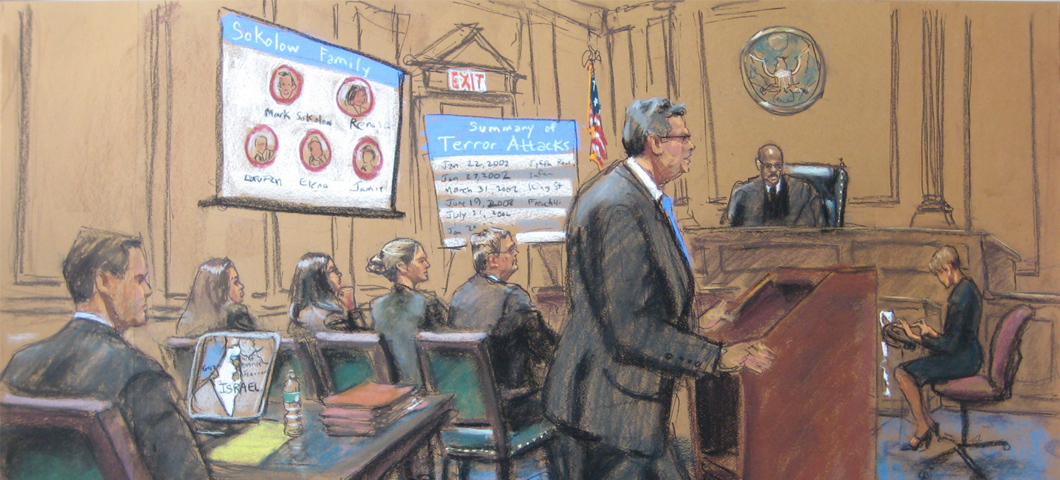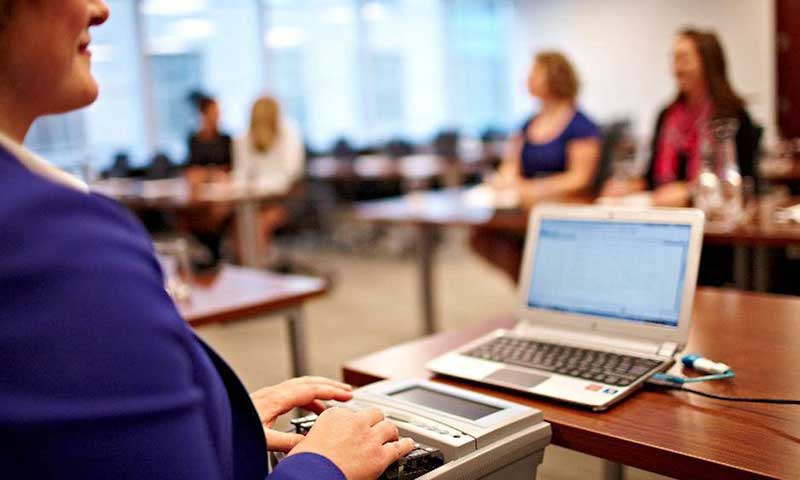Captivate the Jury: Vital Components of a Powerful Trial Presentation
In the world of legal campaigning for, the capability to mesmerize a court is critical to the result of a trial (trial presentation). Vital aspects such as understanding the audience, crafting an engaging story, and mastering verbal and non-verbal communication are important elements of an effective discussion. Furthermore, the tactical use aesthetic aids can considerably improve understanding and retention of essential debates. As these elements link, they develop a cohesive method that not just educates but also engages jurors on multiple degrees. What particular techniques can truly transform a common presentation into a remarkable experience for the court?

Understanding Your Audience
Comprehending your audience is a crucial facet of reliable trial presentation. A successful presentation depends upon the ability to grasp the demographics, worths, and proneness of jurors. This understanding informs how debates are framed, evidence exists, and sob stories are crafted, ensuring that the message resonates with the jurors on an individual degree.
Research suggests that jurors come from varied backgrounds and may have varying degrees of recognizing pertaining to legal procedures. In addition, recognizing the jurors' prospective biases and life experiences enables the trial speaker to expect arguments and address worries proactively.
Effective trial presentation also includes observing jurors' reactions throughout the process. Engaging with jurors as individuals instead than a cumulative unit is important in promoting a strong link in the courtroom.

Crafting an Engaging Story
Crafting a compelling story is necessary in directing jurors through the complexities of an instance. A well-structured narrative not just streamlines complex lawful concepts but additionally engages jurors on a psychological level, making the information much more relatable and memorable.
This message needs to resonate with the jurors' values and experiences, cultivating a connection that goes beyond simple realities. This chronological technique can assist jurors follow the development of occasions, emphasizing cause and result.
Incorporating human components-- such as individual tales or anecdotes-- can even more improve the story's effect. These aspects stimulate compassion, allowing jurors to envision the repercussions of the case on the real worlds. Furthermore, utilizing a consistent theme throughout the presentation reinforces the major debate, making it less complicated for jurors to retain critical factors.
Inevitably, a compelling story changes a trial presentation from a simple recitation of facts right into an influential story that astounds the jury, encouraging them to ponder with both reason and feeling.
Utilizing Aesthetic Aids
Incorporating aesthetic aids right into a test presentation can substantially enhance jurors' understanding and retention of look what i found information. Aesthetic products such as graphes, diagrams, photos, and video clips can change complex legal principles and evidence into easily digestible layouts. By engaging numerous detects, these aids allow jurors to imagine the instance's essential components, making it simpler for them to adhere to along and understand complex details.
In addition, well-designed aesthetic aids can stress crucial points and emphasize relationships between various pieces of proof. Timelines can successfully show the series of events, while annotated photos can make clear certain information relevant to the instance. This not just help in understanding however likewise reinforces the narrative provided by the lawyer.
It is necessary, nevertheless, to make sure that visual help are pertinent, clear, and properly presented. Extremely complicated or cluttered visuals may bewilder jurors and detract from the message. When used carefully, visual help serve to match the oral disagreements and enhance the general influence of the trial discussion. Inevitably, reliable aesthetic interaction can be an effective device in encouraging jurors and assisting them get to notified verdicts.
Grasping Verbal Interaction
Reliable spoken communication is vital in a test presentation, as it offers as the key methods via which attorneys convey their debates and attach with jurors. Simplicity in language fosters understanding and helps jurors comprehend complicated concerns offered during the trial.
Additionally, tone and pacing significantly impact exactly how messages are gotten. A positive tone conveys authority, while proper pacing enables jurors to take in information without feeling overwhelmed. Lawyers ought to also differ their singing inflections to highlight bottom lines and keep jurors' rate of interest throughout the presentation.
Furthermore, the company of verbal arguments is vital. Structuring the narrative rationally and coherently aids jurors find out here comply with the lawyer's logic, making it simpler for them to retain critical details. Making use of influential techniques, such as Discover More Here storytelling, can likewise boost the emotional resonance of the debates presented, consequently creating an extra profound link with jurors.
Eventually, grasping spoken interaction not just enhances a lawyer's situation yet likewise promotes trust fund and relationship with the jury, significantly improving the chances of a desirable judgment.

Engaging With Body Movement
Nonverbal interaction plays an essential function in trial presentations, frequently communicating messages that words alone can not express. Body movement, including gestures, position, faces, and eye contact, dramatically influences exactly how jurors regard the reliability and genuineness of the speaker. A confident position, with shoulders back and an open position, can instill trust, while closed-off body movement might suggest defensiveness or unpredictability.

Face expressions must mirror the emotions connected with the case, strengthening the story being presented. For circumstances, an honest expression throughout a poignant moment can generate empathy and strengthen the psychological appeal. Inevitably, mastering body movement is important for reliable trial presentations, as it enhances spoken communication and establishes an engaging presence that resonates with the court.
Verdict
To conclude, captivating the court demands a critical approach that incorporates understanding the audience, crafting an engaging narrative, using aesthetic aids, grasping verbal communication, and engaging through body movement. Each component plays a crucial role in creating an effective trial discussion that resonates with jurors on both emotional and intellectual levels (trial presentation). By incorporating these elements effectively, lawyers can substantially enhance their capability to persuade and affect jury decision-making